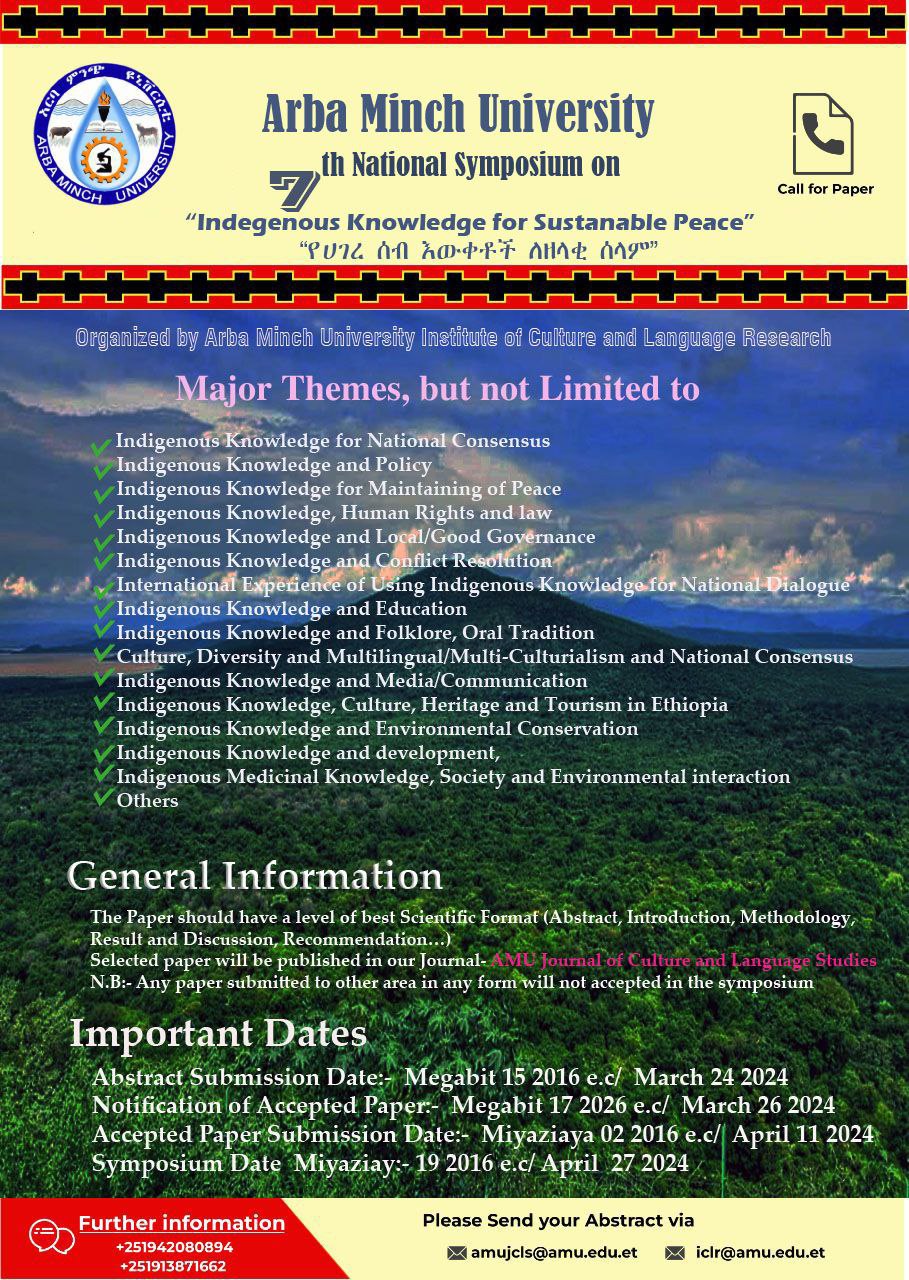Barley (Hordeum vulgare L.), one of the first crops domesticated for human beings in the world is a major crop across Ethiopian highlands and it also has a growing malt sector. But, the scenario at Gamo Gofa zone is dismal as it produces barley that can be only utilized to brew no-so-commercially viable local beverage called ‘tella’ while released varieties are remunerative. Click here to see the pictures.
The available data has indicated that estimated 4.1 million small-scale farmers grow barley on one million hectares in Sub-Saharan Africa, wherein Gamo Gofa region marginally contributes to the soaring demand of malt at regional and national levels. This situation has necessitated the research that is aimed at identifying best local cultivars of malt quality and to introduce few released ones in this agro-ecology that might alter the lost opportunity into profitable one.
Mr Temesgen Dingamo, an AMU researcher embarked upon this research, who is pursuing PhD in biodiversity conservation and management, said in Gamo Gofa Zone, we have 15 local varieties of which nine are best suited for tella production and some are for food purpose, but they fetch no attractive payoff for the farmers.
He informed that of them six varieties i.e. Bote, Chega, Chentic, Torko, Kawo Banga and Kelexo are for tella and six released ones which are exclusively cultivated in Oromia and Amhara regions i.e. Fanaka, Bahati, Bekoji, Ibon, Miscal-21 and Holker are meant for malt production.
Mr Temesgen researching on set of these 12 varieties has informed that analysis states that six above mentioned released varieties can very well be adapted at Gamo Gafa highlands as higher altitude offers favorable environment for their growth. And the last year experiment has further supported the claim as bekoji and Ibon can be cultivated at Gircha, followed by miscal 21 and Ibon at Dorze.
On comparative study about yield, he said, during his experiment carried out on 48 plots, having size for each entry with six rows of 5m length spaced 20cm; seeds were planted in the row at the depth of 2cm. Therein, he observed that varieties such as Kawo Banga could attain height of 122cm and Torko 120cm; Fanaka and Bahati get to 65 and 68cm of heights respectively.
Similarly, Fanaka took 69.50 days, IBON and Kelexo 60 days to attain maturity; of 12 varieties, Kawo Banga and Bahati took 139 and 133 days, while Kelexo and Torko took 112 days to mature. The highest grain yield (13 gm/plot) was noted in Chentic followed by Bote (12.5 gm/plot), but Ibon, Bahati and Fanaka had lowest count of (7-7.50 gm/plot). This made it clear that local varieties yield higher amount of grains with more tillers than the released ones.
This research poised at half-way is yet to hit the bull’s eye as the awaited bio-chemical analysis will further reveal the determinative findings disclosing the true ‘malt’ worth of two varieties of barley, he maintained.
The researcher is of the view that the corresponding findings will be shared with Gamo Gofa Zone’s agricultural research institutions who in turn will be first to try them out in their farms and then pass them on to the community farmers. Furthermore, with successful inputs in hands, these fruitful outcomes will be replicated all across to strengthen economic prospect of farmers of this region, he summed up.
(Corporate Communication Directorate)





